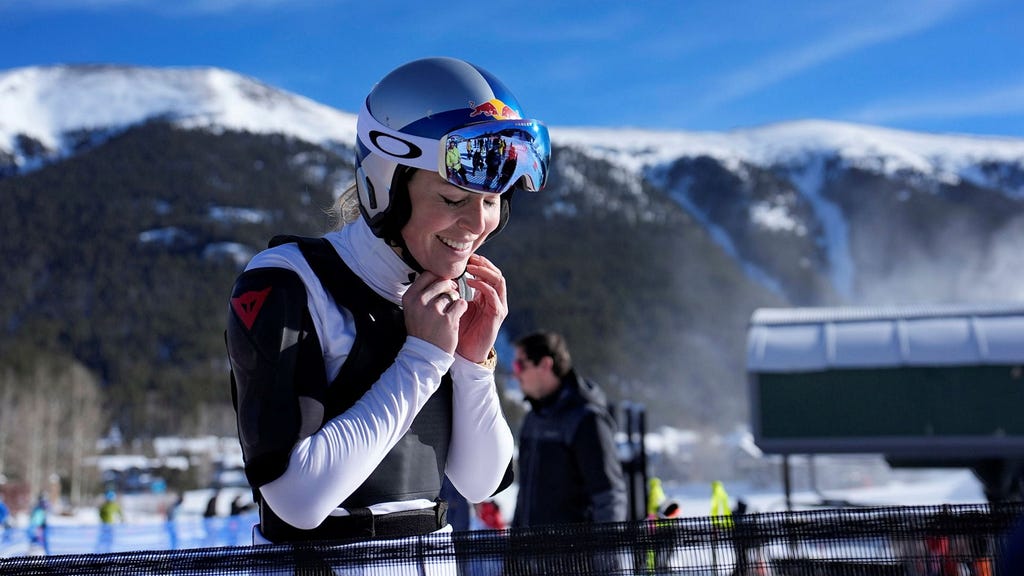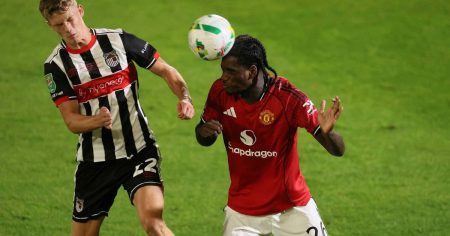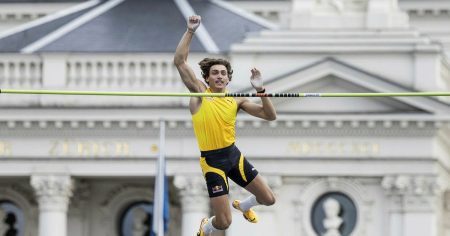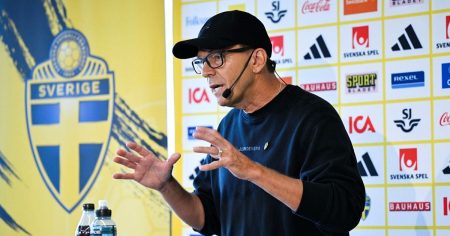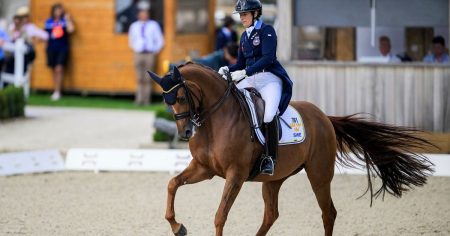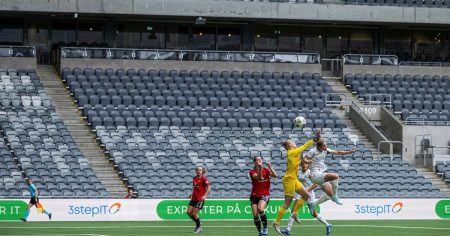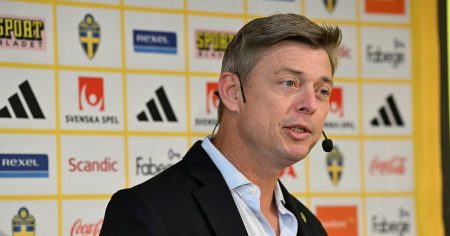Lindsey Vonn, the renowned alpine ski racer, marked her return to competitive skiing last month after a four-year hiatus. This comeback, however, wasn’t a grand return to the World Cup circuit but a more measured approach, starting with a lower-level competition under the International Ski Federation (FIS) umbrella. The chosen venue was a familiar one, the slopes of Colorado, where Vonn embarked on her journey back to racing. Her first race, a downhill event, saw her finish in 24th place among a field of 43 skiers. While the result itself might not have been headline-grabbing, considering her decorated past, it marked a significant milestone in her journey back to the sport. The time gap of 1.44 seconds behind the Austrian winner, Mirjam Puchner, underscored the work that lay ahead for Vonn to regain her peak form.
The second downhill race followed a similar pattern, with Vonn finishing 27th, 1.53 seconds adrift of another Austrian victor, Cornelia Hütter. These results, though modest, offered valuable insights into Vonn’s current state and the progress she needed to make. Rather than being discouraged, Vonn took to social media to address the inevitable scrutiny surrounding her performance. She clarified that these races were primarily for training and equipment testing, emphasizing the importance of the process over immediate results. Furthermore, she highlighted the significant achievement of earning FIS points, which paved the way for potential World Cup participation, a clear indication of her long-term ambitions. The experience, she stated, was a successful one, laying the groundwork for future races, specifically the two Super-G events scheduled for the following Sunday.
Vonn’s perspective on her comeback reflects a mature and strategic approach. She acknowledges the potential for criticism, having been at the pinnacle of the sport and understanding the expectations that come with her legacy. However, she chooses to focus on the internal metrics of progress, prioritizing the feel of her skiing and the technical adjustments required to rediscover her competitive edge. This approach demonstrates a deep understanding of the sport and the long road back to top-level competition. The FIS points earned, though seemingly minor, represent a crucial step in her plan, enabling her to potentially enter World Cup races and compete against the world’s best once again. Her focus on equipment testing further emphasizes the meticulous nature of her comeback, leaving no stone unturned in her pursuit of optimal performance.
Her long-term goal, however, remains firmly fixed on the World Cup circuit. Specifically, she has expressed her desire to receive a wildcard entry for two Super-G races in St. Moritz, Switzerland, scheduled for December 21st and 22nd. This ambition highlights the seriousness of her comeback, indicating that her return is not merely a nostalgic endeavor but a genuine pursuit of competitive excellence. The choice of Super-G as her targeted discipline is noteworthy, perhaps suggesting a strategic decision based on her current physical condition and the technical demands of different alpine skiing disciplines. Super-G, a blend of speed and technical skill, might offer the optimal balance for Vonn as she navigates the comeback trail.
Vonn’s journey back to skiing is also a testament to her resilience and determination. Her retirement in 2019 was largely precipitated by persistent injury struggles, which had significantly hampered her ability to compete at the highest level. Years of pushing her body to the limits of human endurance had taken their toll, leading to numerous injuries and surgeries. This comeback, therefore, is not just a return to the sport but a triumph over adversity. This year, she underwent another knee surgery, but this time, the outcome has been positive, with Vonn reporting no lingering pain. This pain-free status is a crucial factor in her comeback, allowing her to train and compete without the constant hindrance of physical limitations. The absence of pain signifies a new chapter in her career, one where she can focus on performance rather than managing discomfort.
The announcement of her comeback was met with both excitement and anticipation. In an interview with The New York Times, Vonn revealed that her primary motivation was the pure joy of skiing. While the competitive fire still burns within her, evidenced by her desire to return to the World Cup, she emphasized the importance of enjoying the process. This sentiment reflects a shift in perspective, a newfound appreciation for the sport beyond the pressures of winning. She acknowledged that if the path back to the World Cup wasn’t viable, she wouldn’t have rejoined the US Ski Team. This statement reinforces her commitment to competing at the highest level, demonstrating that her comeback is driven by a genuine desire to challenge herself against the best skiers in the world. It is this combination of passion, resilience, and strategic planning that makes Lindsey Vonn’s comeback story so compelling.





